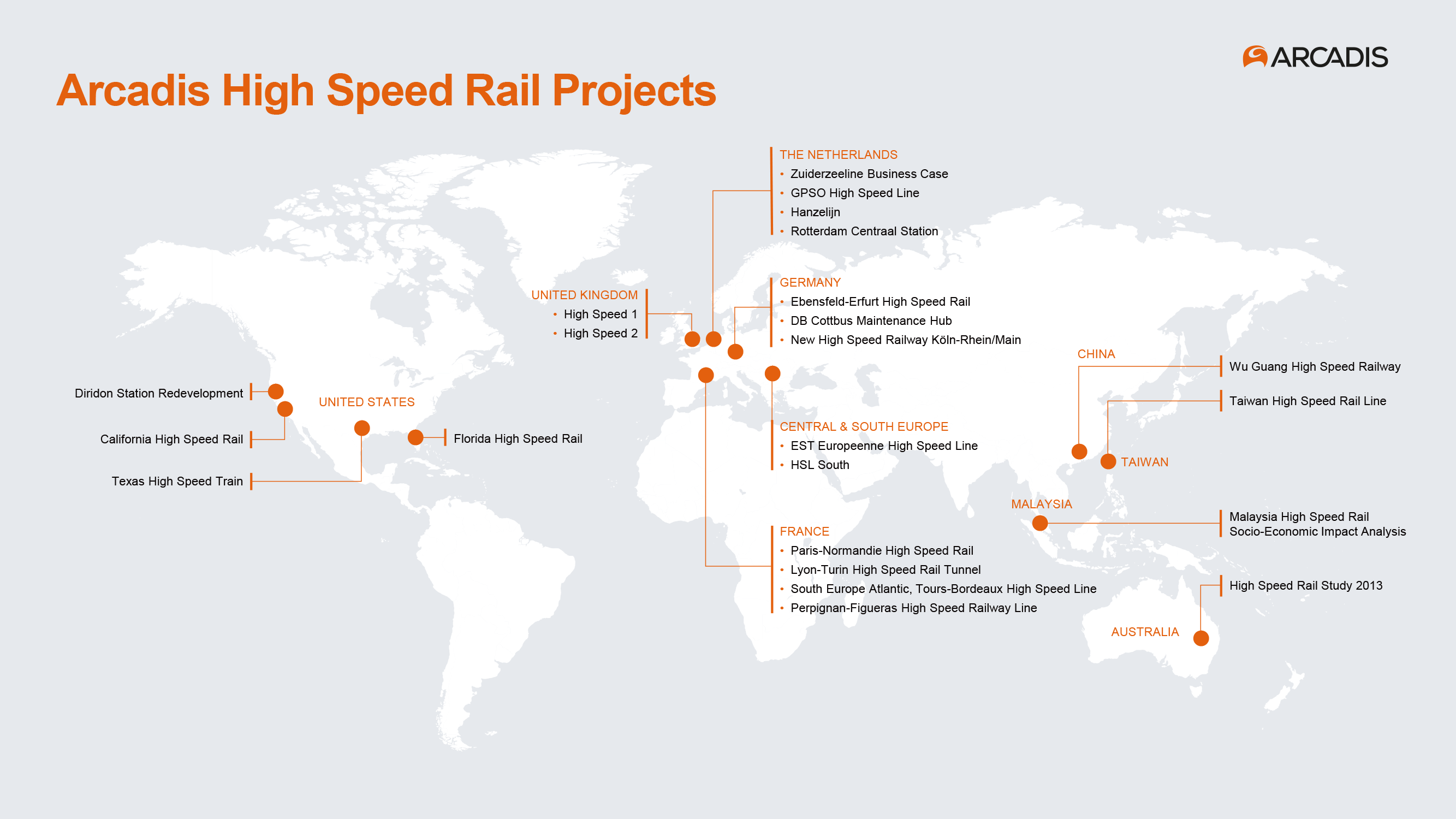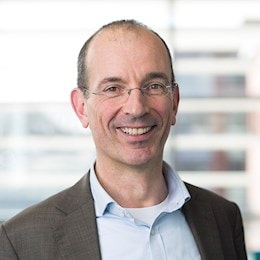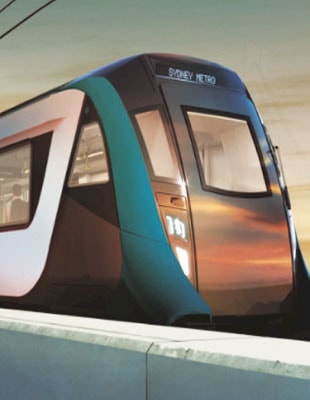It is impossible to overestimate the transformative power that a new High Speed Rail (HSR) route can have on a community, country or even continent. Bringing cities closer together has far reaching consequences, from the economic impact of easy travel and creation of new transit hubs to the environmental benefits of enticing people away from air travel and their cars. But for a massive impact, we’re talking about massive projects, so how can we set ourselves up for success? We’ve come up with some pointers to help set programs on the right track.
1. Ask big questions
High Speed Rail doesn’t start with questions about transport. It starts with questions about how you want your society to look in 50 years’ time. Transit is part of the answer to those questions. The ‘how’ will vary based on location – massive distances in China are a different context compared to established, concentrated European rail networks, or the car and aviation centric culture in the US. An Arcadis team is currently at work supporting Californian authorities with the first HSR in the US, which will connect the mega-regions of the state, contribute to economic development and a cleaner environment, create jobs, and preserve agricultural and protected lands. In this respect, no matter where you are in the world, the question isn’t just ‘how can we implement HSR?’ but rather ‘how can HSR help us build the world that we aspire to live in?’.
2. Make bold decisions
Big questions mean ambitious projects, which require courage and vision to push forward. Breaking out of election cycles and overcoming the practical or financial challenges of today for the benefit of tomorrow is not straightforward. Sometimes we also must deliberately push people to switch from old habits to embrace HSR. This worked for the French, who are reducing domestic flights on several routes for sustainability reasons; to expediate a change in habits and get passengers onto new HSR services, which now of course make up a very successful network.
3. Keep the vision front and center
Focusing on a future vision can help clarify the approach to many program considerations. Take community engagement for example. Good dialogue with people affected by the implementation and construction of an HSR route is clearly essential, but it sits in a context of long-term impact. We’re also thinking about people who haven’t been born yet. Consider the terminus at London St Pancras, in the UK. Significant development (shops, restaurants, offices) has had a long-term, revitalizing effect. Local business felt the boost and corporations, health care, education, and residential developers all felt the pull, settling nearby. London moved closer to Paris, but the commercial aspects of the station alone transformed the area forever.
This underpins the fact that the vision needs to be long term and not only focused on high-speed rail itself, but should include urban and socio economic development.
4. Holistic thinking
Integrated thinking is non-negotiable. A route or network must function as a coherent system. Its implementation cannot be approached in stages in the same way a highway might, and the whole system must be considered in two ways. First, the passenger’s experience. How does the service link up with other transit systems? How does a new hub work in the city? How do journeys work? But not only limited to connectivity. It’s also about comfort and convenience, providing a full range of services and facilities that will make the lives and journeys of travelers (and others) that bit easier and more efficient. Seamless, end-user focused design is a must.
The second area where a joined-up approach is essential is technical. Technical aspects of the design throughout the program must be meticulously understood and developed based on a fully integrated approach right from the outset. We need to look at projects from every angle. For example, vertically: characteristics and specifications of the rolling stock may influence the concept of substructure. And horizontally: while other types of linear infrastructure can be chopped into pieces for further conceptual elaboration, HSR can only be successfully developed if considered as one longitudinal system.
This also applies to the challenges of incorporating complex connections into existing infrastructure networks at the end of the line. Finding out halfway through a program that something isn’t working, or something needs to be forced in could have far reaching consequences to the success, budget, and timeliness of a HSR project. Successful delivery of now critical lines such as the 1000km WuGuang High-Speed Railway in China and the Rhine-Rhone or Tours-Bordeaux connection in France relied heavily on the commitment of Arcadis teams to integrate technical excellence in a way that helped us to overcome diverse challenges.
5. Striving for sustainability
Sustainability is likely to be at the heart of those big questions about our future. HSR networks could replace many city links which are currently served by flights, and the more networks improve, the more people see them as a natural alternative to taking the car. The very essence of HSR has environmental concerns at its core, but why stop there? Our work on High Speed 2 in the UK has shown how the footprint and impact on nature of the program itself can be radically reduced by embedding emissions reduction targets in project delivery.
As the biggest construction project in Europe, one of the aims of HS2 is to reduce emissions as the line is being built. Working on the stretch of railway between London and Birmingham, our team of engineers used their expertise to minimize carbon through the design, construction and operation of green tunnels and viaducts. The results are phenomenal – a 43% reduction in forecasted carbon emissions, and a net gain in new biodiversity areas along the line. The reduction in concrete alone will save over 200,000 tons of carbon.
High Speed Rail: Unlimited potential for the future
HSR has already transformed the daily lives of millions across the world, and it will continue to do so in regions both where the concept is brand new, and where it is already part of urban norms. To get the most out of HSR though, we need a holistic approach to technical excellence that is seamlessly integrated from day one, and we need to appreciate HSR as a key tool for building the future we want to pass to our grandchildren.

An overview of our experience delivering HSR worldwide.



